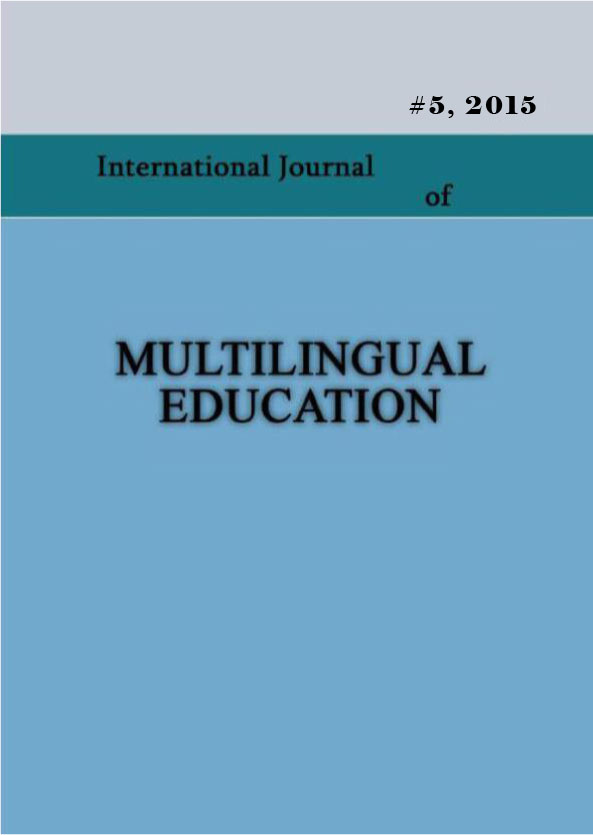Migration from language perspective
Keywords:
modality, modal meaning, semantic analysis of a sentence.Abstract
Language is a cultural phenomenon, which has the numerous historical and cultural connections. In some cases even single words without any context express the notions, which have archetypal cultural and historical definisions. And the texts which are written in different languages and with culturally different context are full of ethnocultural and ethnolinguistic issues (realities, symbols, illusions, idioms, metaphors, sayings, word conjuctions etc.) Each text has assessment of existed materials as well as it consists of certain ideologemes and mythologems. Through text the thoughts and relations are deeply preserved in our consciousness.
References
International Organization of Migration, 2015 - - http://iom.ge/ge/index.php?publications&cd_ library
E. G. Ravenstein and the “laws of migration”’, Journal of Historical Geography, 3 (1977), 41–54
Social and Politic, 2004 - სოციალურ და პოლიტიკურ..., 2004 - სოციალურ და პოლიტიკურ ტერმინთა ლექსიკონ-ცნობარი, ლოგოს პრესი 2004
PISA, 2006 - http://www.oecd.org/fr/education/scolaire/programmeinternational-pourlesuividesacquisdeselevespisa/ pisa2006results.htm
Downloads
Published
How to Cite
Issue
Section
License
Copyright (c) 2015 Nino Popiashvili

This work is licensed under a Creative Commons Attribution-NonCommercial 4.0 International License.
Copyright (c) - Authors who publish with this journal agree to the following terms: Authors retain copyright and grant the journal the right of first publication with the work simultaneously licensed under a Creative Commons Attribution-Noncommercial 4.0 International License, which allows others to share the work with an acknowledgement of the work's authorship and initial publication in this journal. Authors are permitted and encouraged to post their work online (e.g., in institutional repositories or on their personal website) prior to and during the submission process, as it can lead to productive exchanges, as well as earlier and greater citation of published work (see The Effect of Open Access). Authors may enter into separate, additional contractual arrangements for the non-exclusive distribution of the journal's published version of the work (e.g., post it to a repository or publish it in a book), with an acknowledgement of its initial publication in this journal.

